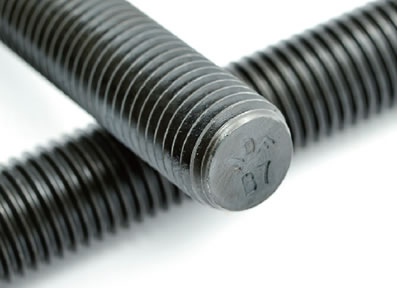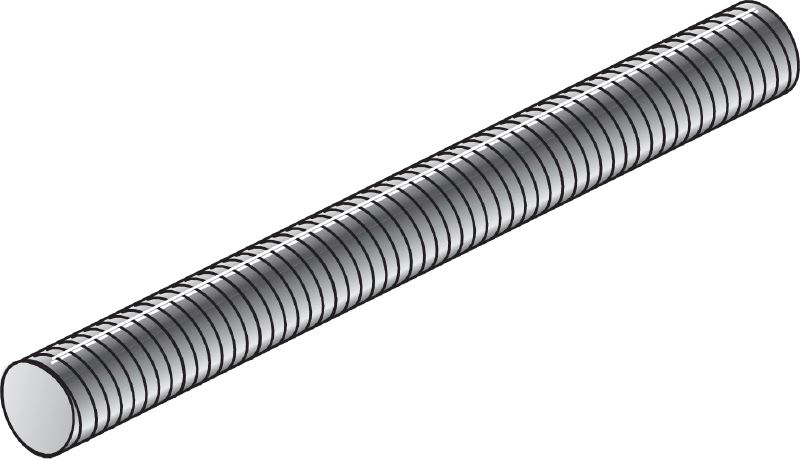A threaded rod or a stud is a long rod that is threaded on either end of it. You can find a lot of different rods which are used in different applications. ASTM A193 B7 threaded rods from Baco is one of them. The B7 threaded rods are made of a highly strengthened steel material. B7 threaded rods use B7 alloy steel that provides dependable strength and toughness in many structural applications.
Basically, there are three major types of threaded rods. Fully Threaded Stud Bolts, Tap End Stud Bolts and Double End Stud Bolts. All three of the rods are used for different applications.

Fully threaded stud bolts have full body scope with strings for full engagement of the matings nuts or comparable parts. Tap end studs have strings at the ends of the body with different string engagement length, while double end stud bolts have similar string length at both the ends. Aside from these, there are stud bolts for ribs which are completely strung studs with chamfered ends, and double end studs with lessened shank for uncommon bolting applications. For studs that are not totally strung, there are two sorts of studs: full-bodied studs, and undercut studs. Full-bodied studs have a shank equivalent to the significant measurement of the string. Undercut studs have a shank equivalent to the pitch measurement of the screw string. Undercut studs are intended to better branch out axial stresses. In a full-bodied stud, the burdens are more noteworthy in the strings than in the shank.
Other than the types of threads, when it comes to the material itself, you have two options between coarse stainless steel and fine stainless steel. Difference between the both of them is mainly seen in their applications.
With weak materials, a coarse string is utilized as it is simpler to string and unthread. Coarse strings can have thicker coatings or plating connected and offer less shot of cross-threading.
Fine strings are utilized as a part of conjunction with harder and more strong materials, as they are perfect for applications with particular rigidity or different prerequisites.
As should be obvious, the universe of stainless steel strung poles can turn out to be very complicated and concentrated, contingent upon the venture or application being referred to.
Most people are under the misconception that stainless steel cannot be corroded. Stainless steel is resistant to corrosion, but not immune to it. The corrosion might be restricted to visual harm just or could be as genuine as practical loss of the amalgam material through setting or fissure consumption.Corrosion can be the consequence of different factors, however, normally it is caused by an absence of accessible oxygen which prevents the development of the regular and self-repairing hindrance of chromium-oxide on the surface of stainless steel material. The utilization of devices and drills produced using traditional steel amid the establishment of stainless steel latches may likewise cause issues. Indeed, even the hardest of devices can deliver flotsam and jetsam that leaves minute steel particles on the stainless-steel clasp surfaces or in pre-drilled openings. It is these particles that regularly rust when presented with dampness or oxygen and can bring about a recolored or discolored look to the stainless-steel material.
Threaded rods are used in many applications. You can’t go wrong with ASTM A193 B7 threaded rods from Baco if you are looking for a reliable and strong threaded rod.





